Power Articles
Industry Elevating Content
Understanding the Importance of Proper Window and Door Sealing
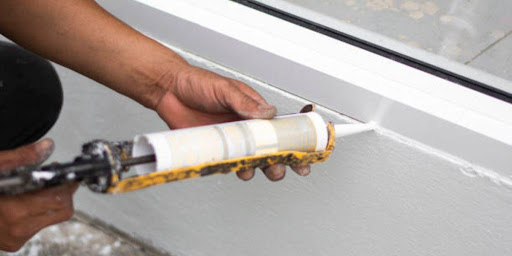
PowerArticles
August 7, 2023
In the realm of window and door installation, a critical aspect often overlooked but bearing significant consequences is the importance of proper sealing. Understanding the implications of inadequate sealing can prove to be a game-changer for companies in this industry. This article aims to enlighten such enterprises about the manifold benefits of meticulous sealing, including enhanced energy efficiency, bolstered structural integrity, and heightened customer satisfaction. By delving into the vital role of airtight seals in preventing air and water infiltration, reducing energy consumption, and curbing potential damages, this piece seeks to equip window and door installation companies with invaluable insights to optimize their practices and deliver unmatched quality to their clientele.
The Basics of Window and Door Sealing
Sealing refers to the process of closing gaps or joints between the installed windows, doors, and the surrounding structure to create an airtight and watertight barrier. Proper sealing is crucial for ensuring that windows and doors are properly integrated into the building envelope, minimizing air and moisture infiltration, and maximizing energy efficiency.
Types of Sealing Materials and Techniques
There are various sealing materials and techniques used in window and door installations. Common sealing materials include weatherstripping, caulk, and gaskets, which are specifically designed to fill gaps and prevent air and water leaks. Weatherstripping is typically made of rubber or foam and is applied around movable components of windows and doors, such as sashes and panels. Caulk, usually a flexible material like silicone or latex, is used to seal stationary components and gaps between the window or door frame and the adjacent wall. Gaskets are rubber or vinyl strips placed between the frame and the glass to create an airtight seal.
Importance of Proper Sealing for Energy Efficiency
Proper sealing plays a pivotal role in improving energy efficiency within a building. By sealing gaps and cracks, windows and doors can prevent drafts, which are significant sources of energy loss. When windows and doors are inadequately sealed, conditioned indoor air can escape while unconditioned outdoor air infiltrates, leading to increased heating or cooling requirements and higher energy bills. Proper sealing enhances the overall thermal performance of windows and doors, helping companies meet energy efficiency standards and offering cost savings to their customers.
Impact of Inadequate Sealing on Indoor Comfort and Air Quality
Inadequate sealing can also significantly affect indoor comfort and air quality. Air leaks due to poor sealing can lead to uneven temperature distribution, creating hot or cold spots within a building. Moreover, uncontrolled air infiltration can introduce pollutants, allergens, and outdoor contaminants into the indoor environment, compromising air quality and potentially causing health issues. Proper sealing helps maintain consistent indoor temperatures and reduces the infiltration of outside pollutants, promoting a healthier and more comfortable living or working environment.
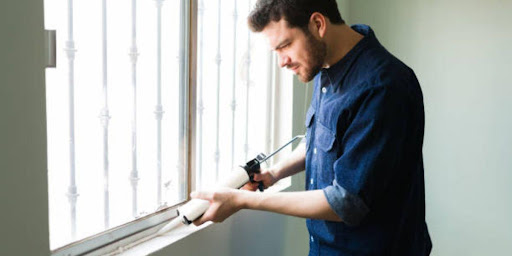
The Advantages of Proper Sealing
Proper sealing is a crucial aspect when it comes to installing windows and doors. Companies that prioritize effective sealing can offer significant benefits to their customers, making it an essential consideration in their services.
Enhanced Energy Efficiency and Reduced Utility Costs
Proper sealing ensures a tight fit between windows, doors, and their frames, creating a barrier against outside elements. This airtight seal prevents unwanted air infiltration, thus enhancing energy efficiency within buildings. By reducing the transfer of heat or cold, properly sealed windows and doors can significantly lower heating and cooling costs. Customers will appreciate the long-term savings on their utility bills while also contributing to a greener environment by reducing energy consumption.
Prevention of Air and Water Leakage
Inadequate sealing can lead to air and water leakage, causing discomfort and potential damage to interiors. Proper sealing with weatherstripping and caulk prevents drafts and condensation from entering the building, ensuring a more comfortable and dry indoor environment. Additionally, it safeguards against water infiltration, protecting the structure from water damage, rot, and mold growth.
Minimization of Dust, Pollutants, and Allergens Infiltration
Effective sealing keeps out dust, pollen, and pollutants from the external environment. This is particularly beneficial for individuals with allergies or respiratory issues, as it helps maintain indoor air quality. By keeping allergens at bay, companies that prioritize proper sealing can promote healthier living spaces for their customers.
Increased Lifespan of Windows and Doors
Proper sealing helps prevent moisture and water from seeping into the window and door frames, which can cause warping, swelling, and degradation over time. By maintaining a dry environment, the lifespan of windows and doors is significantly extended, reducing the need for premature replacements. Customers will value the durability and longevity of their installed windows and doors, leading to increased customer satisfaction and positive word-of-mouth referrals.
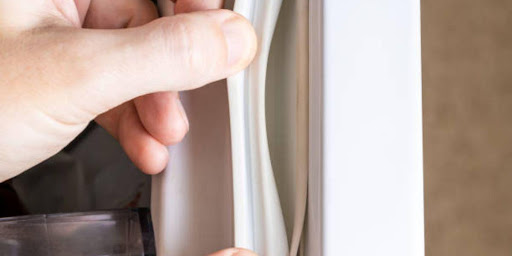
Common Sealing Mistakes to Avoid
Companies that specialize in window and door installation must be well-informed about the common sealing mistakes to avoid. Here are some key points to consider:
1. Insufficient Preparation of Window and Door Frames
One of the most significant mistakes is neglecting the proper preparation of window and door frames. Failing to clean and smoothen the surfaces before applying the sealant can lead to weak adhesion and compromised sealing. The presence of dirt, dust, or old sealant residues can create gaps, allowing air and moisture infiltration, thus reducing the effectiveness of the seal.
2. Improper Application of Sealing Materials
Using the wrong type of sealant or applying it incorrectly can result in subpar performance. Companies should carefully choose sealants suitable for specific window and door materials, environmental conditions, and intended usage. Additionally, over- or under-application of sealant can cause uneven sealing, leading to potential leaks and drafts.
3. Ignoring the Importance of Weather Stripping
Weather stripping is crucial in preventing air and water leakage around moving parts of windows and doors. Ignoring or improperly installing weather stripping can compromise the seal’s effectiveness, allowing energy loss and water damage. Choosing high-quality weather stripping materials and ensuring proper installation is vital for long-lasting sealing performance.
4. Overlooking the Role of Professional Installation
Even with the best sealing materials, improper installation can render them ineffective. Inadequate alignment, poor sealing technique, or failure to follow manufacturer guidelines can lead to gaps and vulnerabilities in the seal. Companies must invest in well-trained professionals who understand the nuances of proper installation techniques to achieve optimal results.
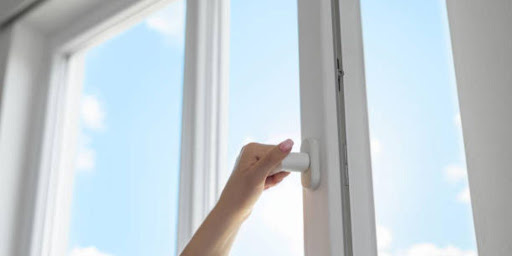
Best Practices for Achieving Optimal Sealing
As companies that install windows and doors, it is essential to follow best practices for achieving optimal sealing to enhance the overall performance of the installed products. Here are four key practices that should be employed:
Comprehensive Assessment of Window and Door Openings
Before beginning any installation, it is crucial to conduct a thorough assessment of the window and door openings. This step involves inspecting the existing framework, checking for any damages, and ensuring the openings are properly sized and leveled. Precisely measuring the openings will prevent gaps and misalignments, ensuring a seamless fit for the new windows and doors.
Selecting the Appropriate Sealing Materials
Choosing the right sealing materials is vital for effective sealing. High-quality weatherstrips, caulk, foam insulation, and sealants should be selected based on factors such as the type of window or door, climate conditions, and building materials. Investing in durable and weather-resistant materials will prevent air and water infiltration, reducing energy losses and potential damage over time.
Employing Proper Sealing Techniques
The installation process is a critical phase for achieving optimal sealing. Following manufacturer guidelines and industry best practices is essential. Properly applying sealing materials, such as caulking and foam insulation, with the correct technique and in the right locations will create a tight and durable seal. Attention to detail during this phase will ensure long-lasting performance and minimal maintenance requirements.
Quality Assurance and Post-Installation Checks
After installation, conducting quality assurance checks is crucial. Companies should verify that all sealing elements are in place and correctly applied. Performing post-installation tests, such as blower door tests or thermal imaging, can help identify any air leaks or insulation gaps that may have been overlooked. Addressing these issues promptly will prevent callbacks and customer complaints, ensuring customer satisfaction and maintaining the company’s reputation.
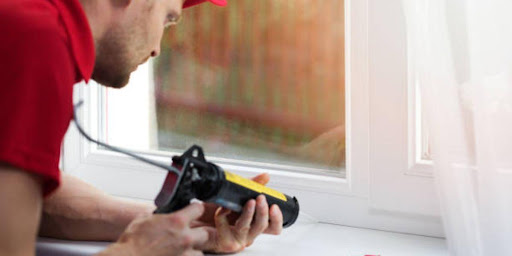
The Long-Term Benefits of Investing in Proper Sealing
Proper window and door sealing is not only crucial for immediate performance but also yields significant long-term advantages for companies specializing in their installation.
Improved Reputation and Customer Satisfaction
Investing in proper sealing enhances a company’s reputation for delivering high-quality products and services. Effective sealing ensures that windows and doors function optimally, preventing issues like drafts, leaks, and moisture ingress. Satisfied customers are more likely to spread positive word-of-mouth, leading to increased referrals and repeat business. As reputable contractors, companies can gain a competitive edge in the market, attracting discerning customers who prioritize efficiency and durability.
Reduction of Maintenance Costs and Warranty Claims
By prioritizing proper sealing, companies can mitigate future maintenance expenses and warranty claims. Well-sealed windows and doors are less prone to wear and tear, minimizing the need for frequent repairs or replacements. This leads to improved customer satisfaction and reduces the financial burden on the company. With fewer warranty claims, businesses can streamline operations and allocate resources more efficiently.
Contributing to Sustainable and Environmentally Responsible Construction
Proper sealing plays a crucial role in enhancing energy efficiency within buildings. Well-sealed windows and doors contribute to better insulation, reducing heating and cooling demands. This translates into lower energy consumption and decreased greenhouse gas emissions, making the construction more environmentally responsible. As sustainability gains importance in the industry, companies investing in proper sealing demonstrate their commitment to eco-friendly practices, attracting environmentally-conscious customers and opportunities in green construction projects.
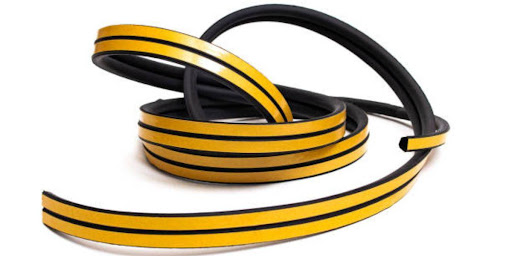
Conclusion
In conclusion, a comprehensive grasp of the importance of proper window and door sealing is paramount for companies engaged in the installation of these essential components. By recognizing the significant role that effective sealing plays in enhancing energy efficiency, reducing utility costs, and fortifying indoor comfort, businesses can offer their clients lasting value and satisfaction. Additionally, understanding how impeccable sealing prevents moisture infiltration, minimizes drafts, and safeguards against external pollutants reinforces the necessity of meticulous attention to detail during installation. Embracing this knowledge equips companies to deliver top-tier services, ensuring long-term customer loyalty and contributing to a more sustainable and environmentally responsible future.
Published By
PowerArticles
August 7, 2023